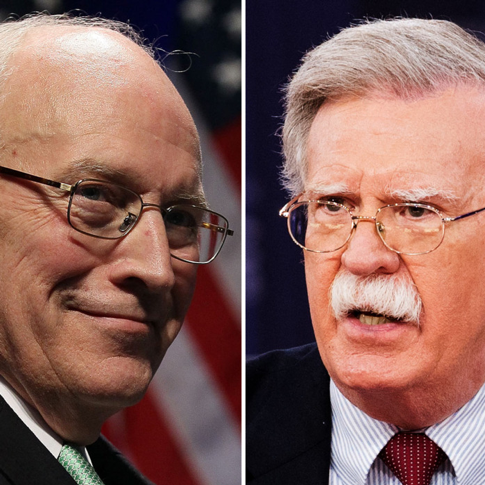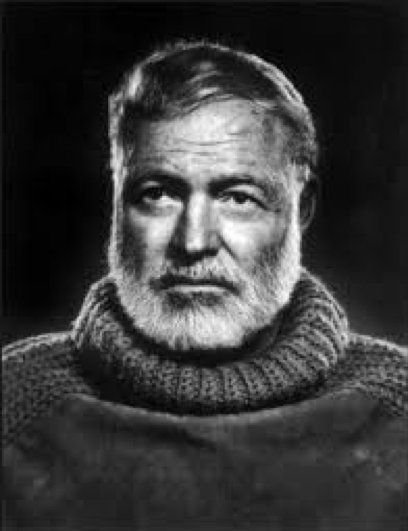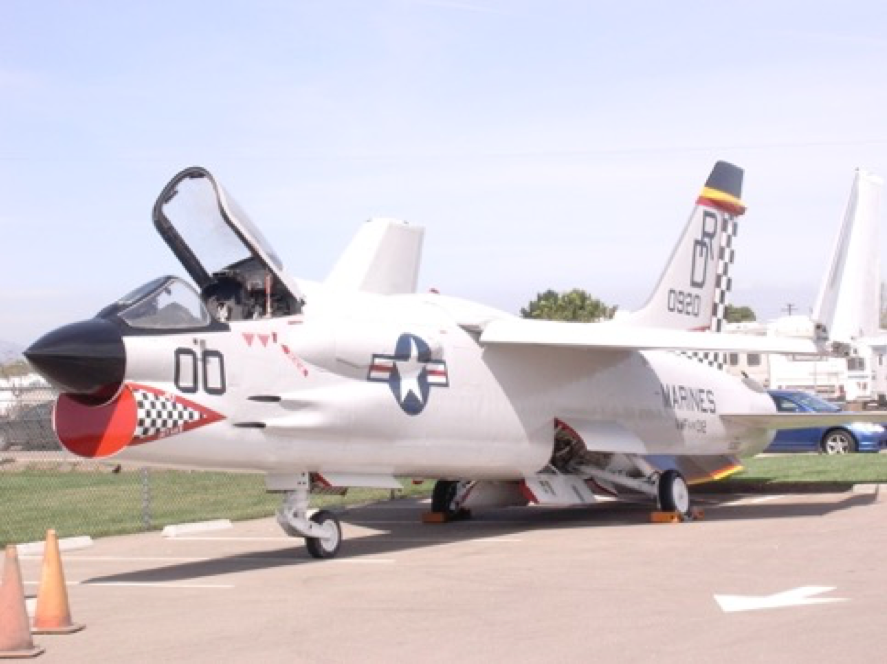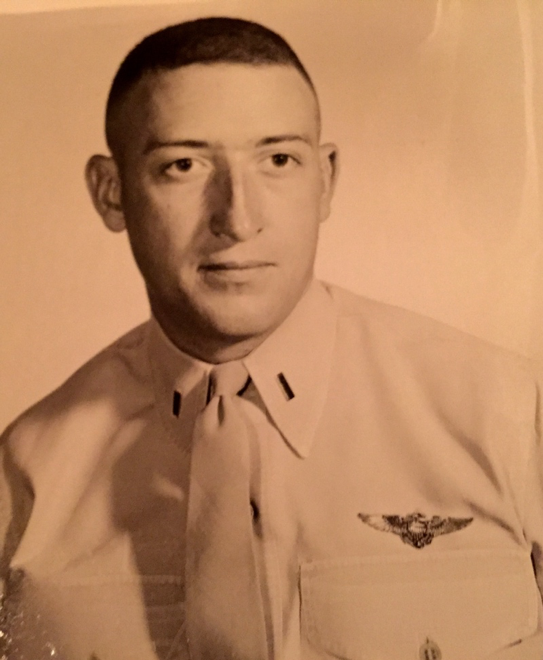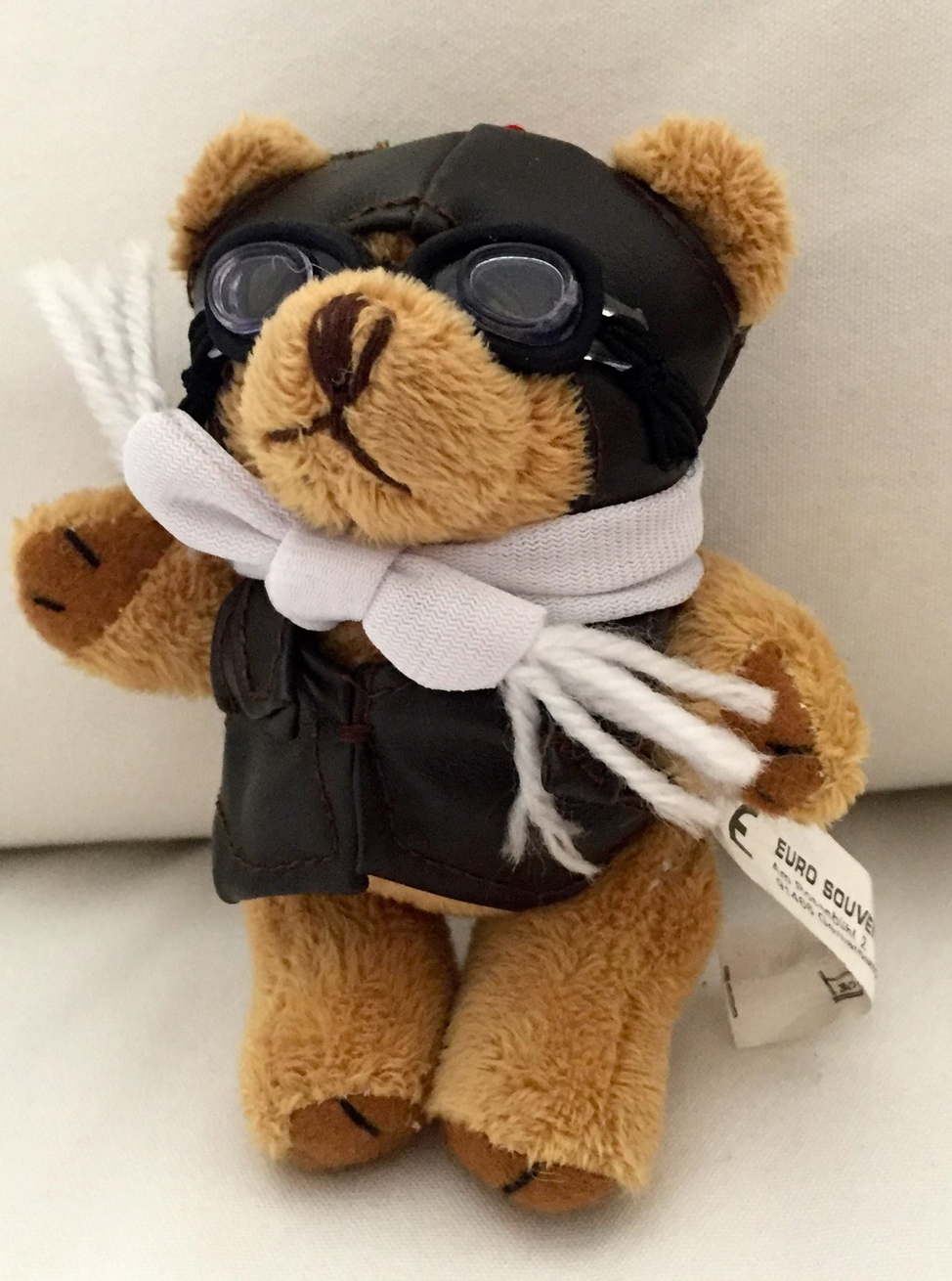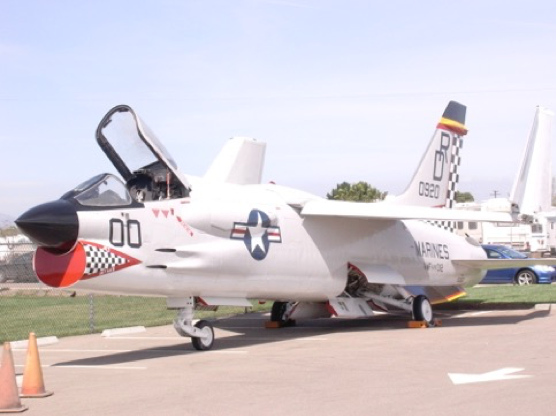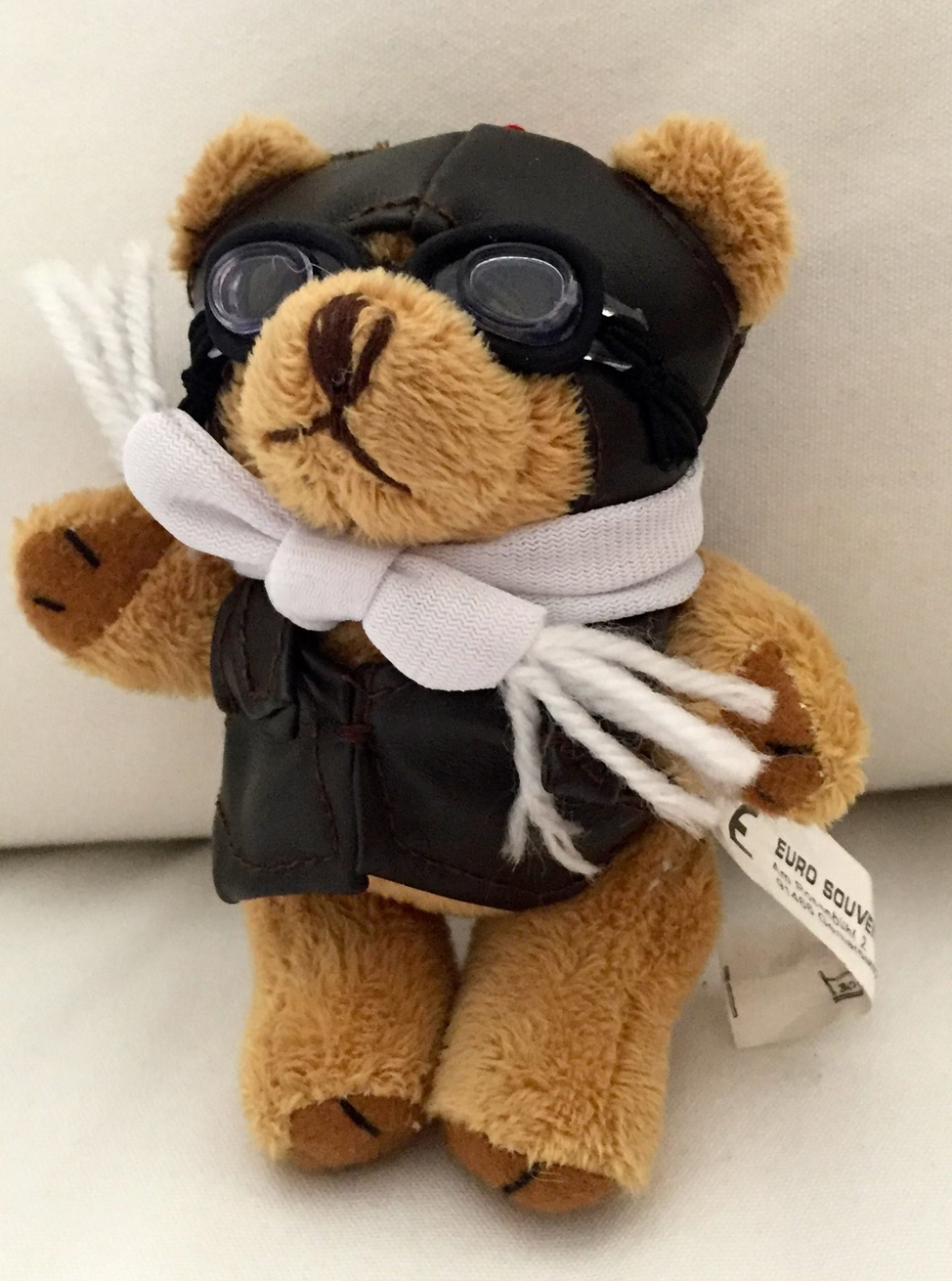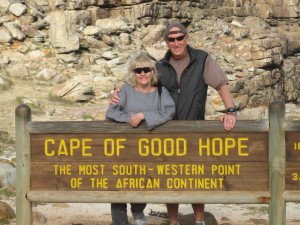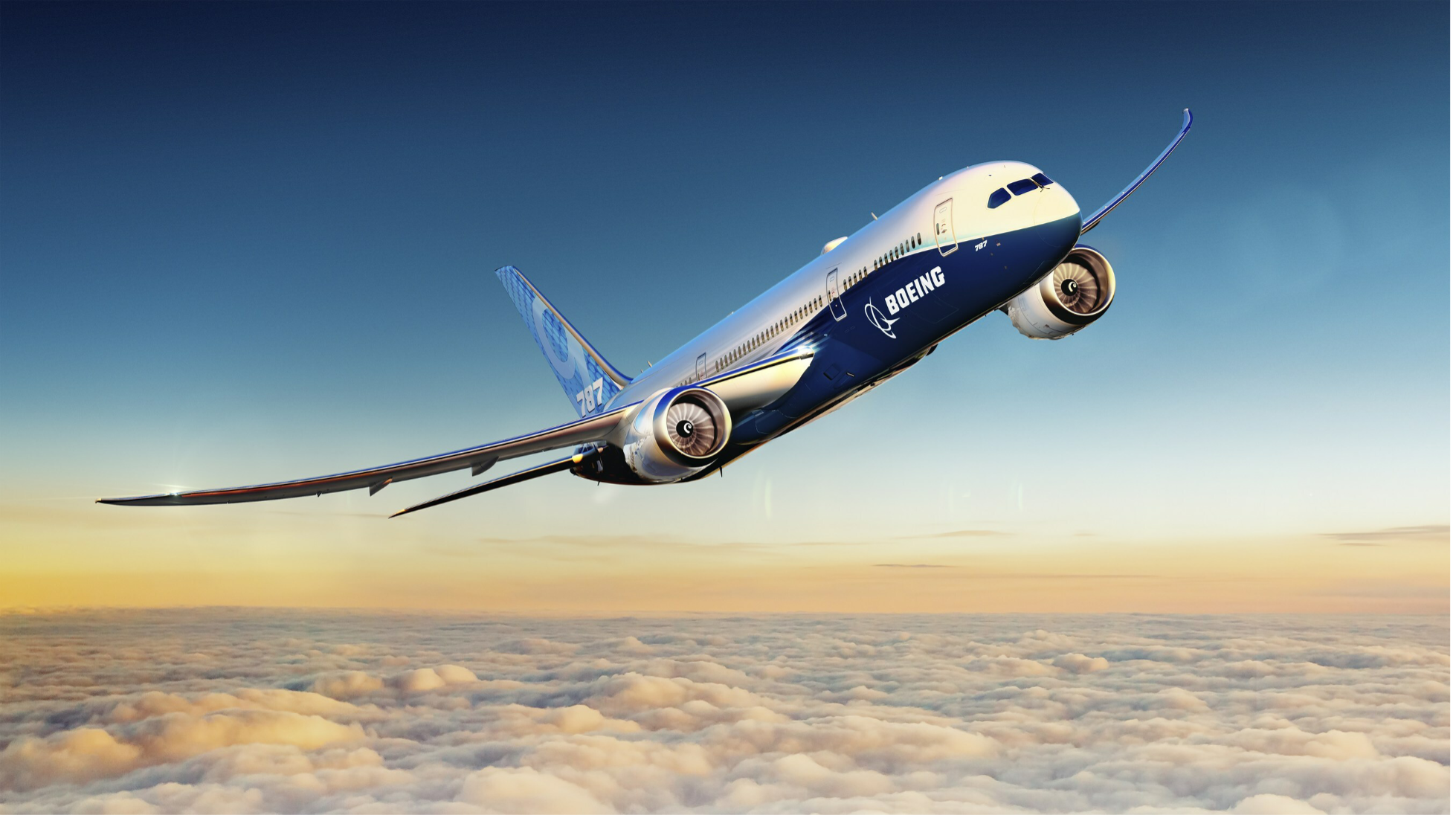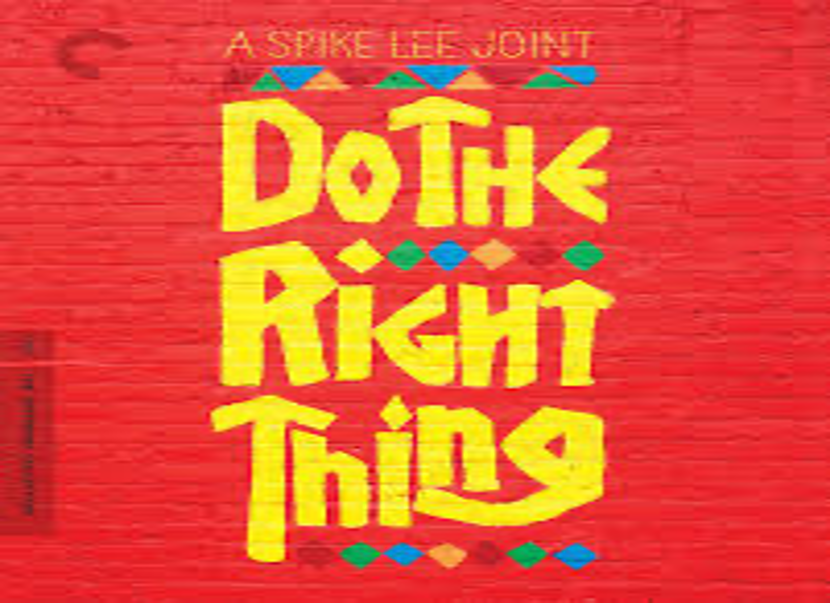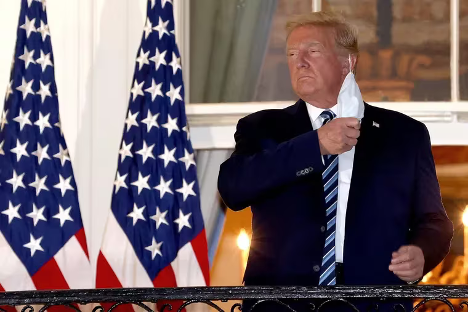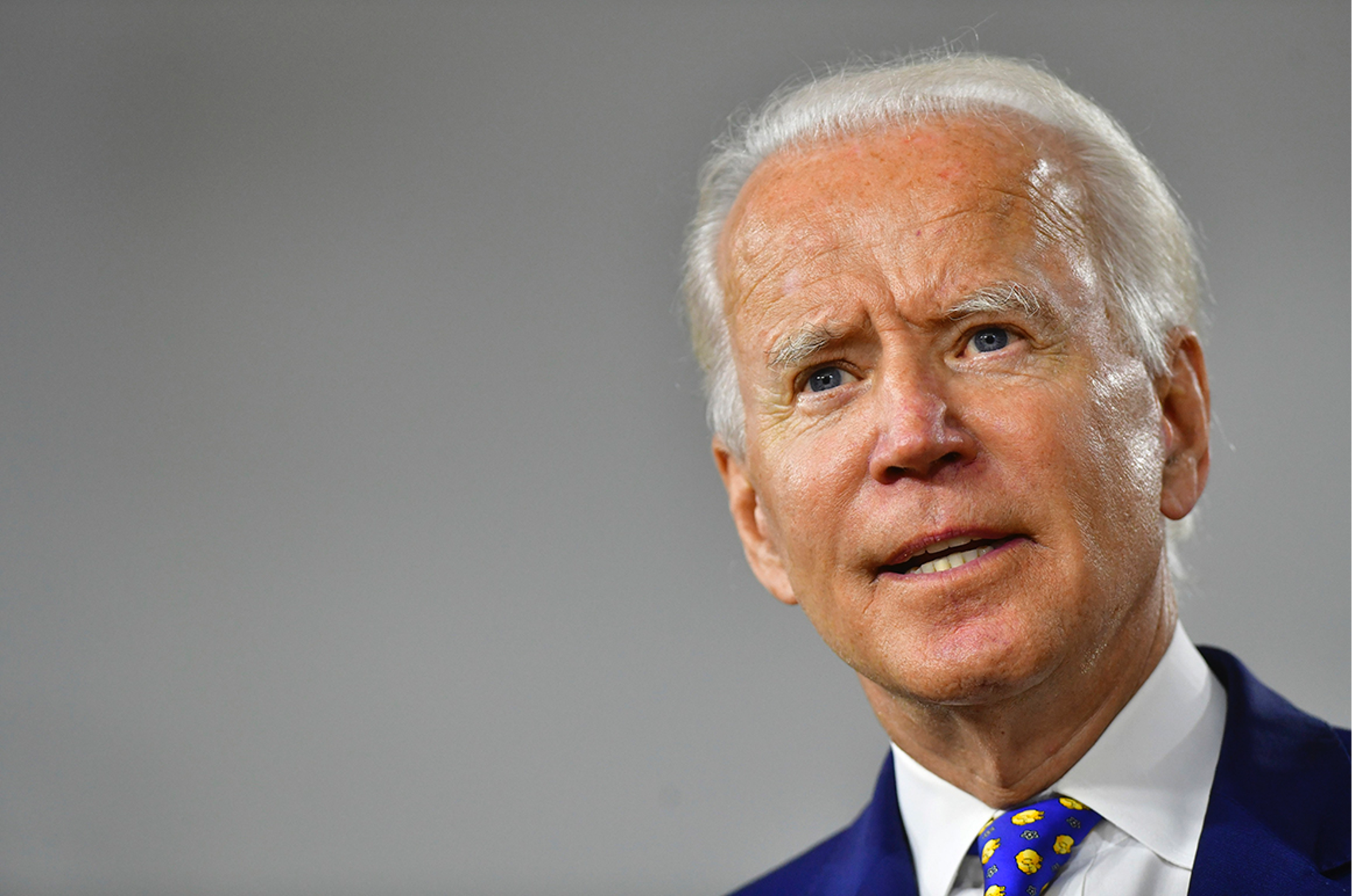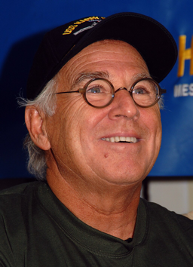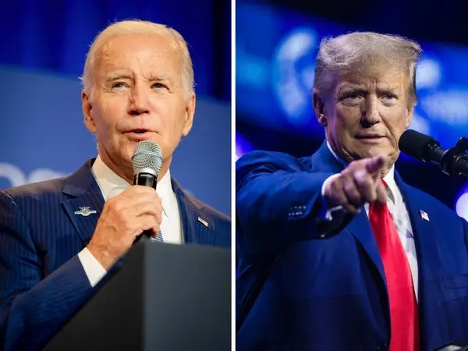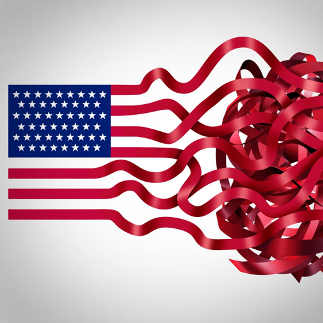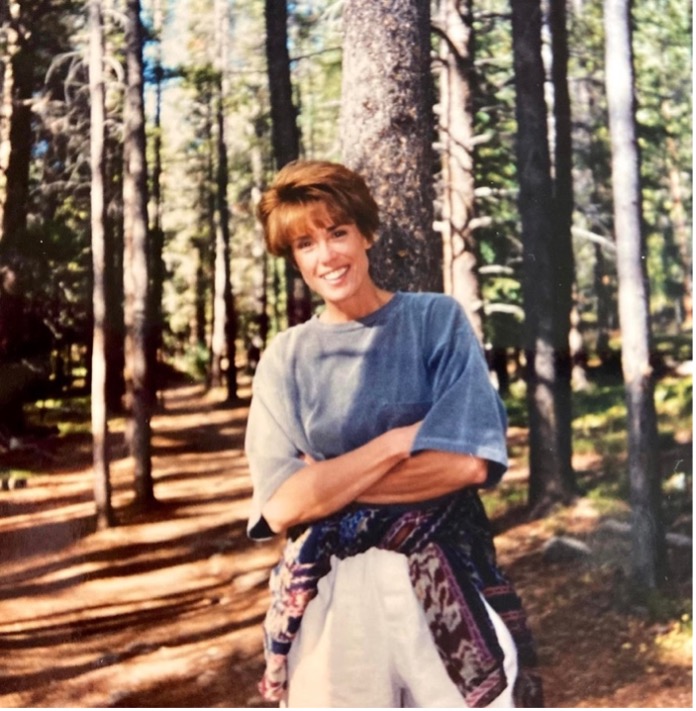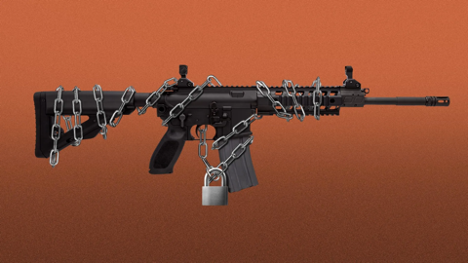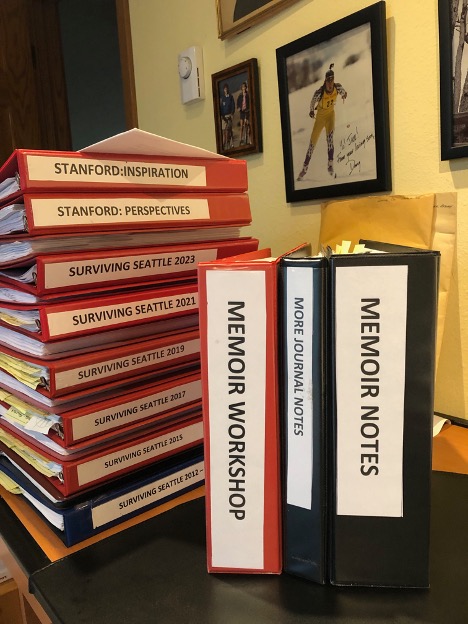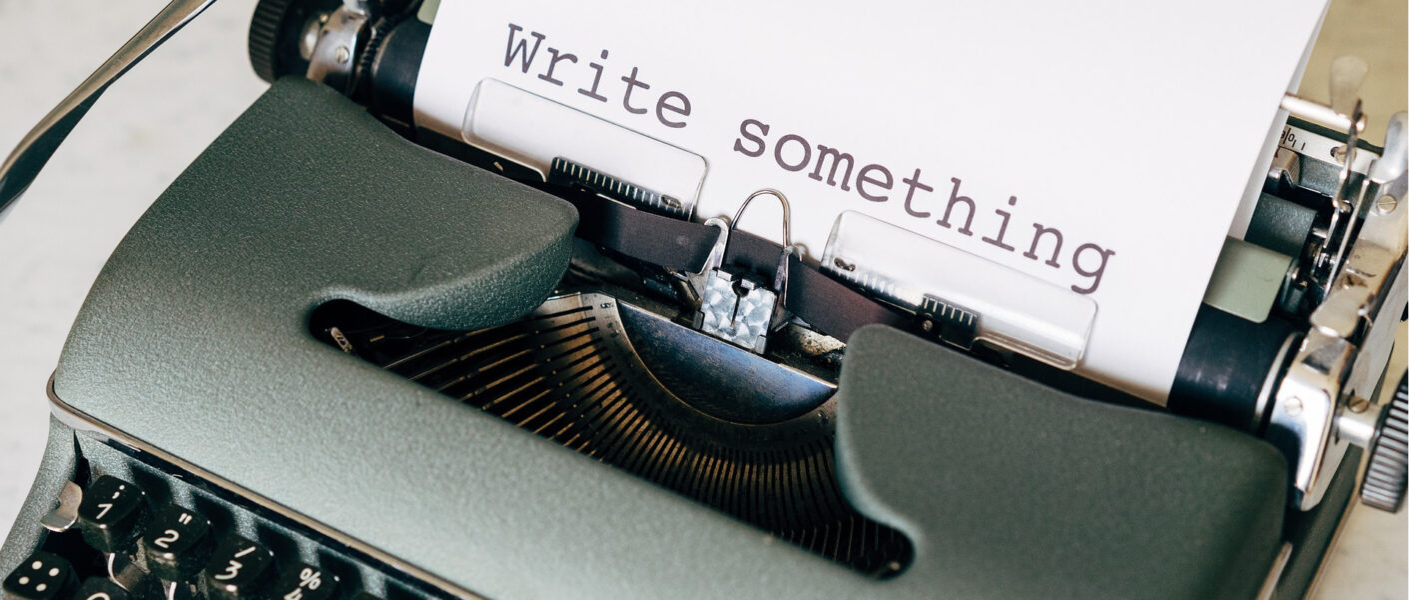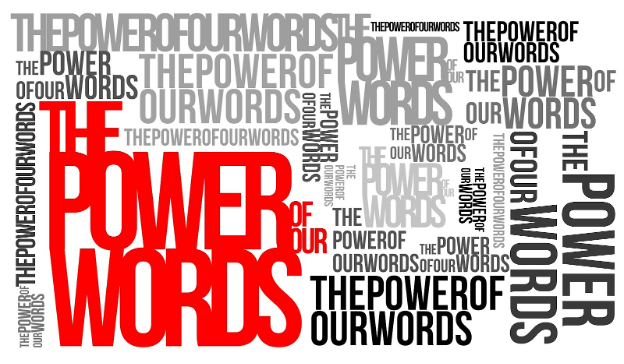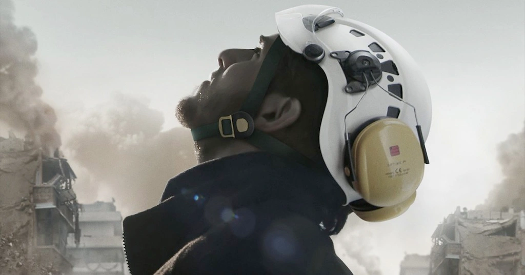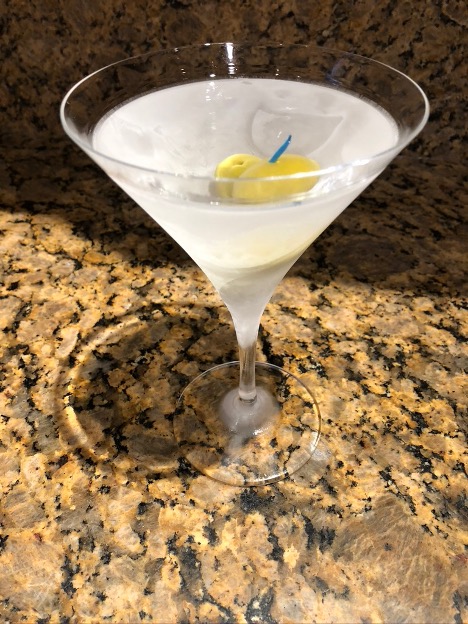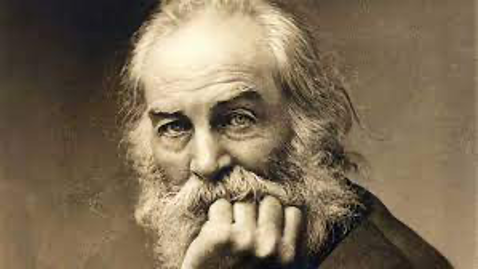Donald Trump exhausts me. He’s the train wreck I saw coming but couldn’t look away from. His mind-numbing ignorance and faux-gravitas would be hilarious if he/we weren’t in a death spiral of his making. He may be time-limited, but four years is an eternity when Pudgy-Wudgy, the village idiot, has the keys to the nuclear launch codes.
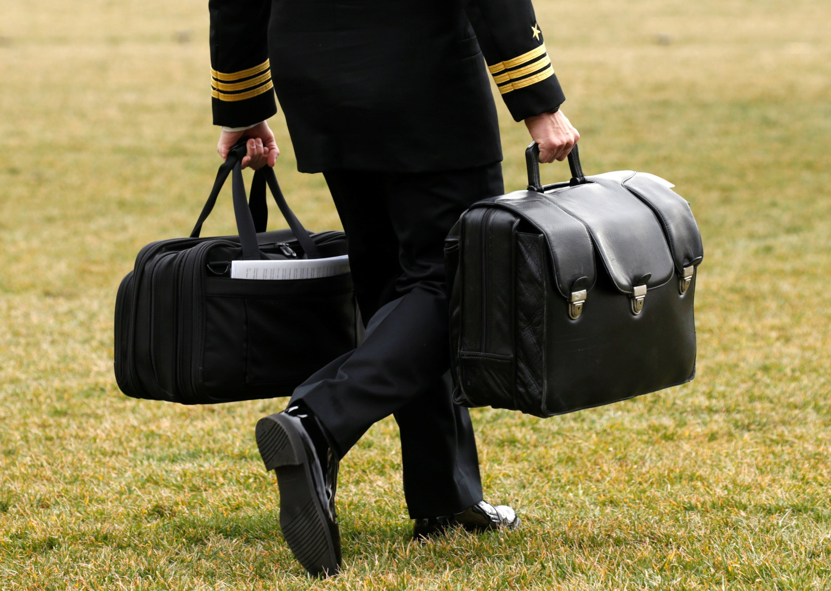
Part of my exhaustion comes from my wife’s insatiable need to watch the scum circling the drain–all day every day on two television sets. She and I are different. She is able to work, read, and listen to the competing news sources without missing anything. I’m not good at tuning in and out. I’m too easily pulled into the breathless Breaking News on MSNBC. Ever watch your 8-year-old grandchild when the TV goes on. I’m like that. Or like Joseph Conrad, who used to have his wife, Jessie, lock him in his upstairs study in the morning and not let him out until lunch time. He didn’t have the will power to stay and write without restraint. Neither do I. I’m Conrad’s Mini-Me.








